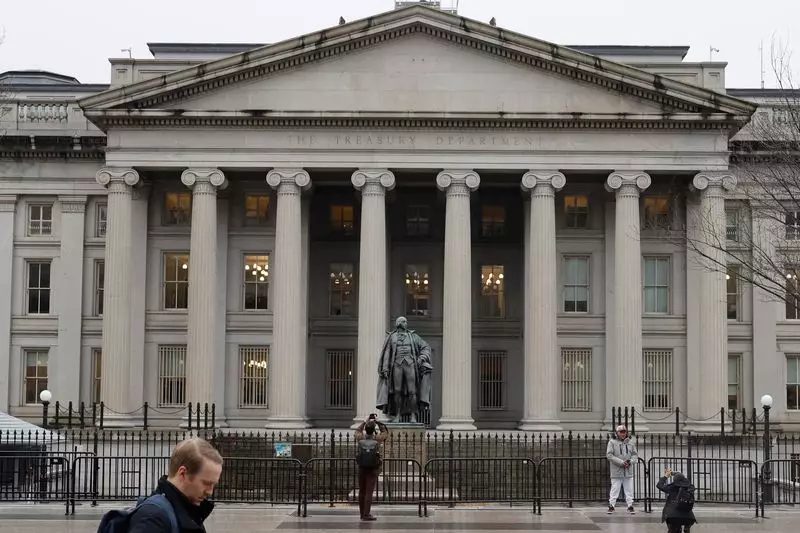In a climate of increasing financial scrutiny, the U.S. government’s fiscal strategy, with an imposing $6.8 trillion budget for fiscal year 2024, faces intense debate over potential cuts. However, analysts agree that substantial reductions may not be forthcoming for several reasons rooted in both structural and political realities. These realities underscore the intricate balance required in managing a budget that caters to a diverse array of public needs, while also addressing the growing national debt.
A significant portion of federal expenditure—approximately $4.1 trillion—is categorized as mandatory spending, which includes crucial programs like Social Security and Medicare. Economists from Wells Fargo have emphasized that any efforts to reduce these outlays are fraught with challenges, primarily due to their overwhelming popularity among the electorate. The risk associated with scaling back benefits for senior citizens creates a potent barrier, as many lawmakers understand that any move to limit these programs could invite backlash from a crucial voter demographic.
Particularly, Social Security and Medicare stand out, with the former costing $1.4 trillion and the latter $900 billion. Furthermore, additional mandatory expenses like Medicaid, veterans’ benefits, and retirement pay contribute another $800 billion. These figures illustrate why mandatory spending remains largely untouchable: it has become integral to millions of American lives and is perceived as a social contract that cannot be easily renegotiated.
Compounding the challenges surrounding discretionary spending is the burden of interest payments on the national debt, which totaled nearly $950 billion in 2024. Analysts warn that any attempts to reduce these payments could jeopardize financial stability, potentially evolving into a crisis that would affect not just the government, but the economy at large. This highlights that fiscal conservatism in cutting back spending must be undertaken with caution, as the repercussions could be far-reaching.
In examining discretionary spending, which generally accounts for $1.8 trillion, potential reductions appear limited. Nearly half of this allocation is directed towards defense, a sector that has experienced reductions in its budget relative to GDP, reaching levels not seen since the Cold War. The geopolitical climate reshapes priorities, making significant cuts to defense funding unlikely. Coupled with the fact that non-defense discretionary spending is already historically low, fiscal hawks might find themselves boxed in with few options.
Ultimately, any substantial expenditure reductions necessitate congressional approval—a process that is far from straightforward. Given the hurdles that come with achieving a 60-vote supermajority in the Senate, policy changes remain elusive. While executive actions can be reversed, the potential savings from such measures would likely fall short, especially in the context of a projected $26 trillion deficit over the next decade.
While the aspiration for a leaner budget resonates in political discourse, the reality of the fiscal structure, combined with societal obligations and political risk, creates a challenging environment for meaningful change. Policymakers face ongoing pressure to balance fiscal responsibility with the imperative to maintain essential services, reflecting the complexities that define modern governance. It remains clear that approaching federal spending reform requires not just economic acumen but also the political will to navigate a labyrinthine democratic process.

